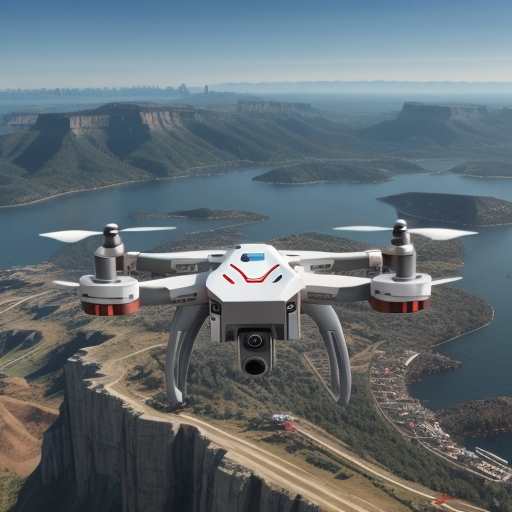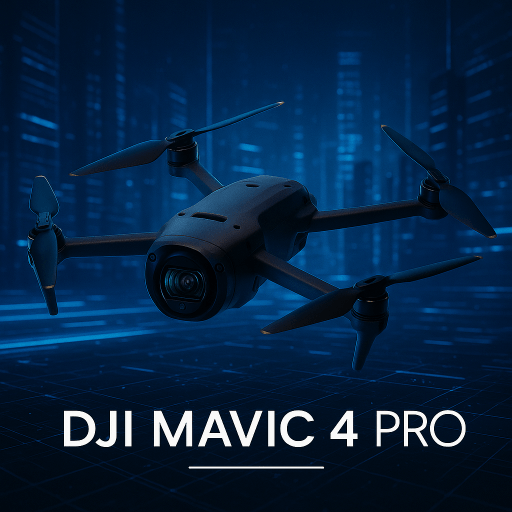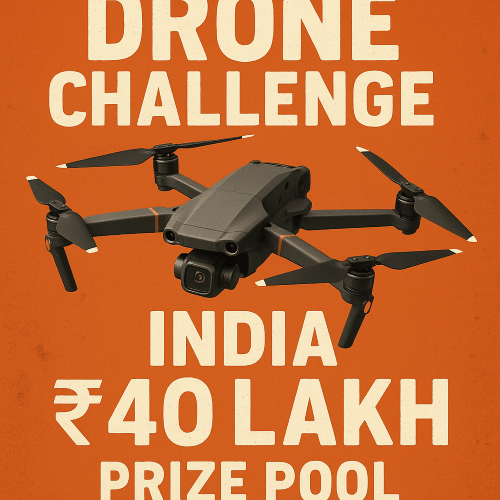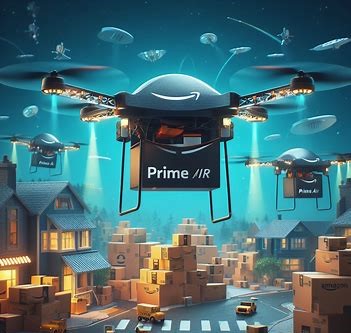Drones, also known as Unmanned Aerial Vehicles (UAVs), have become increasingly prevalent in various industries. In this blog post, we will unravel the technology behind drones and explore the intricate workings that enable these flying marvels to perform a wide range of tasks.
New Updated News 👉 Drones
Table of Contents
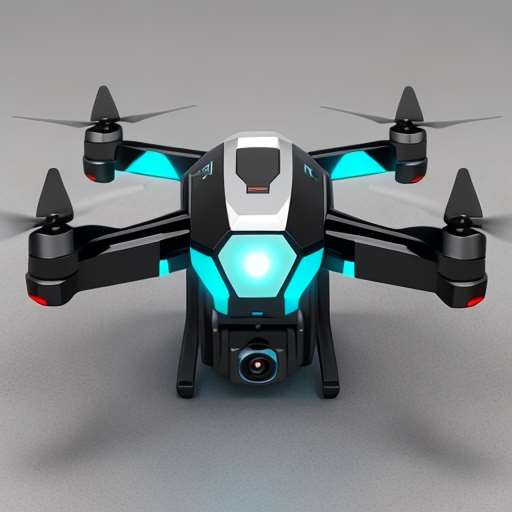
Basic Components or parts of drone
Drones consist of several basic components that work together to enable flight and functionality:
- Frame:
- The frame provides the structural support for the drone. It is typically made of lightweight materials such as carbon fiber or plastic to keep the overall weight of the drone low.
- Motors:
- Drones have electric motors that power the propellers. The number and configuration of motors depend on the drone’s design, with quadcopters having four motors arranged in a square pattern being a common configuration.
- Propellers:
- Propellers are attached to the motors and generate the thrust needed for the drone to ascend, descend, and maneuver. Quadcopters have two clockwise (CW) and two counterclockwise (CCW) rotating propellers.
- Electronic Speed Controllers (ESCs):
- ESCs regulate the speed of each motor, adjusting the rotation speed of the propellers and, consequently, the drone’s movement. They receive commands from the flight controller.
- Flight Controller:
- The flight controller is the brain of the drone. It processes input from sensors, such as gyroscopes and accelerometers, and determines how the motors should adjust to maintain stability and control.
- Battery:
- Drones are powered by rechargeable lithium-polymer (LiPo) batteries. The battery provides the necessary electrical energy for the motors and electronics.
- Radio Transmitter and Receiver:
- The radio transmitter is held by the drone operator and sends control signals to the drone. The receiver onboard the drone interprets these signals and communicates them to the flight controller.
- Sensors:
- Gyroscopes and accelerometers help measure the drone’s orientation and acceleration, providing essential data to the flight controller for maintaining stability. Some advanced drones may include additional sensors like GPS for precise positioning.
- Camera/Gimbal (optional):
- Drones designed for photography or videography may include a camera or gimbal system for stabilized and high-quality imaging. These components can be mounted on the drone to capture footage during flight.
- Power Distribution Board (PDB):
- The PDB distributes power from the battery to the various components on the drone, ensuring each part receives the necessary voltage.
Flight Control Systems most important part of drone
- Flight Controller:
- The flight controller is the central processing unit of the drone. It receives input from various sensors and translates that data into commands for the electronic speed controllers (ESCs) to adjust motor speeds. Modern flight controllers often use microcontrollers and employ algorithms to stabilize the drone.
- Gyroscopes:
- Gyroscopes measure the rate of rotation around the drone’s axes (roll, pitch, and yaw). The data from gyroscopes help the flight controller detect changes in orientation and maintain stability by adjusting motor speeds accordingly.
- Accelerometers:
- Accelerometers measure changes in the drone’s velocity and acceleration along its axes. This information assists the flight controller in understanding the drone’s linear movements and making corrections to maintain a stable flight.
- Inertial Measurement Unit (IMU):
- The IMU combines data from gyroscopes and accelerometers to provide a comprehensive understanding of the drone’s motion and orientation. This data is crucial for the flight controller to make real-time adjustments.
- PID Controllers:
- Proportional-Integral-Derivative (PID) controllers are algorithms used by the flight controller to fine-tune the drone’s response to external factors. They adjust motor speeds based on the difference between the desired and actual drone orientation, minimizing errors and stabilizing flight.
- Barometer (optional):
- Some drones incorporate barometers to measure atmospheric pressure changes. This data helps the flight controller estimate the drone’s altitude, contributing to altitude hold functionality and smooth changes in vertical movement.
- Magnetometer (optional):
- Magnetometers measure the strength and direction of the magnetic field. In combination with gyroscopes and accelerometers, a magnetometer provides additional data for the flight controller to maintain accurate orientation, especially in situations where GPS is unavailable.
- GPS (optional):
- Drones equipped with GPS modules can leverage satellite positioning data. GPS assists in precise navigation, waypoint following, and provides additional information for flight controllers to enhance overall flight stability.
Power Source
The power source is a critical component of a drone, providing the energy required to operate the motors and electronics. The primary power source for most drones is a rechargeable lithium-polymer (LiPo) battery. Here are key aspects related to the power source in drones:
- Lithium-Polymer (LiPo) Batteries:
- LiPo batteries are commonly used in drones due to their high energy density, lightweight nature, and ability to deliver the required power for flight. They come in various configurations and voltage ratings, and drone operators choose batteries based on factors like capacity and weight.
- Voltage and Cells:
- LiPo batteries for drones typically have a specific voltage (e.g., 3.7V per cell). The total voltage is determined by the number of cells in series. Common configurations include 3S (3 cells) or 4S (4 cells). Higher cell counts result in higher voltage and can provide more power.
- Capacity (mAh):
- Capacity is measured in milliampere-hours (mAh) and represents the amount of energy the battery can store. Drones with higher-capacity batteries generally have longer flight times, but it’s essential to balance capacity with weight for optimal performance.
- C Rating:
- The C rating indicates the maximum discharge rate of the battery. A higher C rating allows the battery to deliver more current, which is crucial for drones with high-power requirements. It’s essential to choose a battery with an appropriate C rating for the drone’s motors and electronics.
- Charging and Discharging:
- LiPo batteries require careful handling, including proper charging and discharging procedures. Using a dedicated LiPo battery charger and following safety guidelines is crucial to prevent issues such as overcharging or discharging, which can damage the battery.
- Battery Management Systems (BMS):
- Some LiPo batteries have built-in Battery Management Systems to monitor and balance individual cells. BMS helps ensure that each cell within the battery maintains a similar voltage level, promoting longevity and safe operation.
- Voltage Regulators (UBEC/BEC):
- Voltage regulators, such as Universal Battery Elimination Circuit (UBEC) or Battery Elimination Circuit (BEC), may be employed to provide a stable voltage to power the drone’s onboard electronics. These regulators step down the battery voltage to levels suitable for components like the flight controller and receivers.
Communication Systems
Navigation and GPS (Global Positioning System) play a crucial role in enhancing the capabilities of drones, providing accurate positioning data and enabling various applications. Here are key aspects related to navigation and GPS in drones:
- GPS Receiver:
- Drones equipped with GPS have a GPS receiver that communicates with satellites to determine the drone’s precise location in three-dimensional space. This information is crucial for navigation, waypoint following, and maintaining accurate positioning during flight.
- Positioning Accuracy:
- GPS technology provides high positioning accuracy, typically within a few meters. Some advanced drones may use additional technologies like Differential GPS (DGPS) or Real-Time Kinematic (RTK) for even greater precision.
- Waypoint Navigation:
- Waypoint navigation allows operators to predefine a series of GPS coordinates, and the drone autonomously follows this predefined path. This feature is valuable for tasks such as aerial surveys, mapping, and surveillance.
- Return-to-Home (RTH) Functionality:
- The RTH feature uses GPS to guide the drone back to its takeoff point automatically. This is a safety feature that can be activated manually or triggered automatically in scenarios like low battery levels or loss of signal.
- Geofencing:
- Geofencing utilizes GPS technology to create virtual boundaries around a specified area. Drone operators can set geofences to restrict the drone’s movement or prevent it from entering restricted airspace, ensuring compliance with regulations.
- Altitude Hold:
- GPS data aids in maintaining a consistent altitude during flight. This is especially useful for capturing stable aerial footage or conducting precision tasks where maintaining a specific height is essential.
- Telemetry Data:
- GPS data is often integrated into telemetry systems, providing real-time information about the drone’s position, speed, and altitude. This data is valuable for both operators and ground control stations.
- Compass/Magnetometer:
- Drones may incorporate a magnetometer as part of the navigation system. The magnetometer, in conjunction with GPS and other sensors, helps provide accurate orientation data, contributing to stable flight even in changing magnetic fields.
- Dynamic Home Point:
- Some drones feature dynamic home point capabilities, allowing operators to update the home point during flight. This can be useful when the drone is launched from a moving platform or if the operator’s position changes.
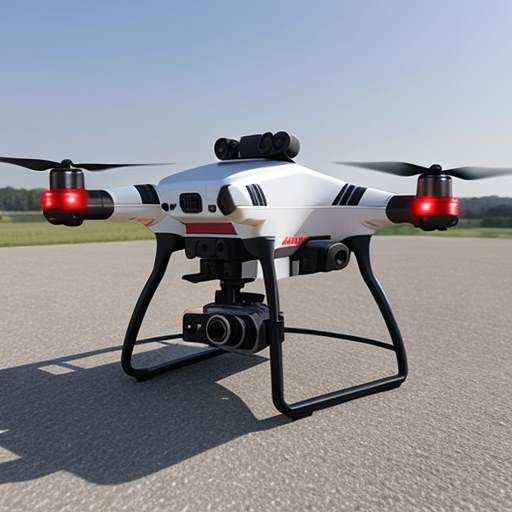
Sensors and Imaging Technology
Delve into the various sensor’s onboard drones, such as accelerometers, gyroscopes, and obstacle avoidance sensors. Discuss the role of cameras and other imaging devices in capturing aerial footage and facilitating tasks like surveillance and mapping.
Regulatory Framework
The regulatory framework for drones varies by country, and adherence to these regulations is crucial for safe and legal drone operation. Here are key elements commonly found in drone regulatory frameworks:
- Registration Requirements:
- Many countries require drone operators to register their drones with aviation authorities. This process helps authorities track and manage the growing number of drones in airspace.
- Operator Certification:
- Some regulations mandate that drone operators obtain certification or a license before flying commercially or in specific situations. This certification process may include training on drone operation and aviation regulations.
- Operational Limitations:
- Regulations often set limits on drone operations, including maximum altitude, distance from the operator, and restrictions on flying near airports, populated areas, or critical infrastructure.
- No-Fly Zones:
- Certain areas, such as airports, military bases, and government installations, are designated as no-fly zones. Drones are generally prohibited from flying in these areas due to safety and security concerns.
- Payload Restrictions:
- Some regulations impose limits on the types of payloads drones can carry. This is particularly relevant for commercial drone operators who may need special permissions for tasks such as aerial photography, surveying, or package delivery.
- Remote Identification:
- To enhance accountability and security, regulatory frameworks may require drones to have remote identification systems. These systems transmit identification information, allowing authorities to identify and track drones during flight.
- Insurance Requirements:
- Depending on the country and the nature of drone operations, operators may be required to have liability insurance coverage. This is especially important for commercial drone operators.
- Privacy Considerations:
- Regulations may include guidelines on respecting individuals’ privacy during drone operations. This could involve restrictions on capturing images or videos of private property and individuals without consent.
- Safety Guidelines:
- General safety guidelines, such as maintaining visual line of sight, avoiding interference with manned aircraft, and conducting pre-flight checks, are commonly included in regulatory frameworks to ensure safe drone operations.
- Reporting Incidents:
- Operators may be required to report certain incidents, such as accidents, collisions, or near-misses, to aviation authorities. This reporting helps authorities investigate incidents and improve overall safety.
- Updates and Compliance:
- Drone operators must stay informed about updates to regulations and ensure continuous compliance. Regulatory frameworks may evolve to address emerging challenges or technologies in the drone industry.
Future Trends and Innovations
Explore ongoing research and developments in drone technology. Discuss potential future applications and how emerging technologies like AI and machine learning may further enhance drone capabilities.
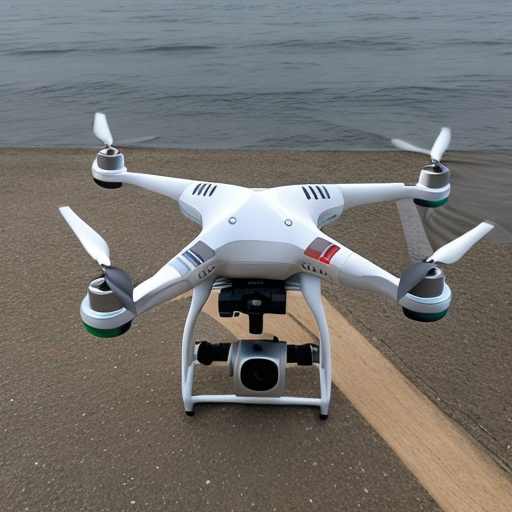
Innovations with Drone
- Swarm Technology:
- Explore innovations in swarm technology, enabling multiple drones to collaborate and perform tasks collectively. This could have applications in agriculture, search and rescue missions, and environmental monitoring.
- AI-Powered Autonomy:
- Integrate advanced artificial intelligence algorithms for enhanced autonomy, allowing drones to make real-time decisions based on environmental data. This can improve navigation, obstacle avoidance, and mission adaptability.
- Extended Flight Time Solutions:
- Investigate and develop technologies to extend drone flight times, such as improved battery technologies, solar charging solutions, or energy-efficient propulsion systems.
- Biometric and Facial Recognition:
- Implement biometric and facial recognition capabilities for security and surveillance applications. This innovation could be applied in areas like border control, event security, and law enforcement.
- Delivery and Logistics Optimization:
- Innovate in the realm of drone delivery by optimizing logistics processes. This includes designing efficient delivery routes, payload management systems, and secure delivery mechanisms.
- Environmental Monitoring Sensors:
- Develop specialized sensors for environmental monitoring, enabling drones to collect data on air quality, pollution levels, and climate conditions. This innovation has applications in environmental research and disaster response.
- Underwater Drones:
- Extend drone technology to underwater environments, creating unmanned underwater vehicles (UUVs) for tasks like marine exploration, underwater inspections, and maintenance of infrastructure such as pipelines and underwater cables.
- Drone Swarms for Agricultural Precision:
- Implement drone swarms equipped with precision agriculture tools for tasks like crop monitoring, pesticide spraying, and soil analysis. This can contribute to more efficient and sustainable farming practices.
- Medical Payload Delivery:
- Explore the use of drones for medical payload delivery, particularly in remote or inaccessible areas. Develop specialized drones capable of transporting medical supplies, vaccines, or even providing emergency medical assistance.
- Noise Reduction Technologies:
- Work on innovations to reduce the noise generated by drones, making them more socially acceptable and minimizing their impact on the environment. This could involve advancements in propulsion systems and aerodynamics.
As we demystify the inner workings of drones, it becomes evident that these aerial machines are a fusion of advanced technologies working in harmony. Understanding the components and systems that make drones function opens the door to appreciation for their versatility and potential in shaping various industries.
for more knowledgeable content click here –> Read New

